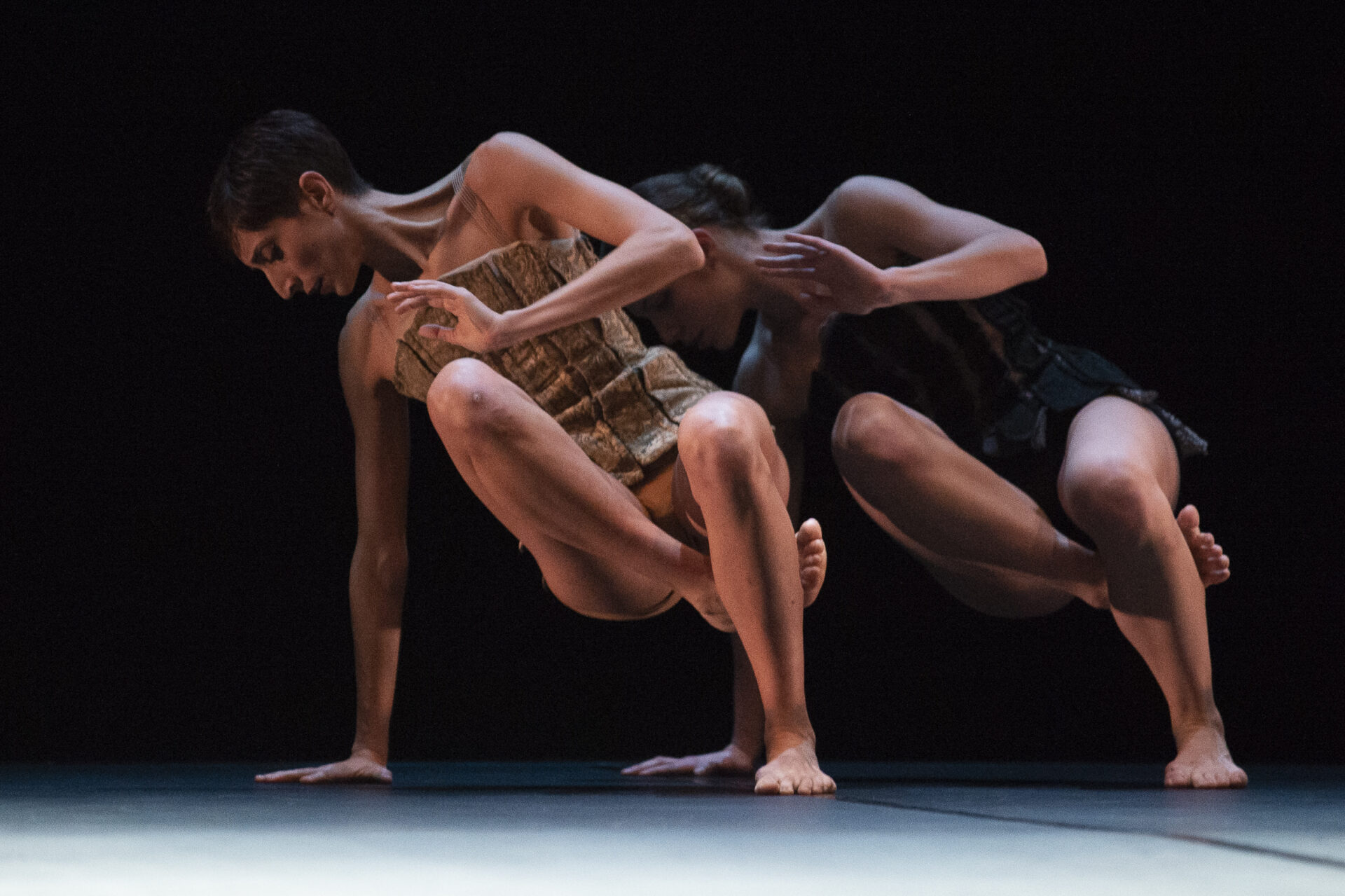Choreography: Michele Merola
Music: Antonio Vivaldi
Lighting design: Cristina Spelti
Costumes: Carlotta Montanari
With 7 dancers
Co-production Teatro Ristori di Verona
National Premiere: 1 February 2019 – Teatro Ristori, Verona
With each creation, Michele Merola aims higher, convinced that it is possible to express, in dance, joys, tenderness, anger, expectations, impulses, torments. For the choreographer, returning the fire of passions to bodies contaminated by life has always been a conditio sine qua non for representing the meaning of existence on Earth. And it is in the pages of the great composers that Merola loves to search for perspectives, symmetries, assonances between human feeling and music. His encounter with Antonio Vivaldi springs from this desire, for a new production where ‘the relationship between music and movement plays the lion’s share’, says Merola.
Starting with Vivaldi’s best pieces and suggestions from the paintings of Marc Chagall, Michele Merola has created Vivaldi Umane passioni: “With Vivaldi and baroque music, I rediscover a love for pure choreographic design, while the inspiration I find in Marc Chagall’s paintings – works such as The Birthday (1915), On the City (1918), Love on the Scene (1920), Introduction to Jewish Theatre (1920) – , has guided my work towards human passions, the evasion from the everyday to detach oneself from the ground, listening to inner emotions. In both artists, I sense a great desire for life, beauty, elegance in living’.
Some of the composer’s best-known scores are mirrored in Merola’s journeys: the violin concertos La Follia, L’Inquietudine, L’Estro Armonico, and Il Favorito best express the sentiments that punctuate one’s life. Faced with this supreme grace, the vortex of sonorous intensity and richness of timbre, Merola pushes the accelerator of movement dynamics to develop new reflections. As an ‘athlete of the heart’, and of its most secret recesses, the choreographer visualises those themes with intimate involvement and a strongly contemporary slant, sculpting them in dance and in the air with the same passion and fury dictated by the notes. Fuelled by the two arts, the dialogue that is created, intense, balanced in terms of the balance of forces, enriches and nourishes the spectator’s imagination with complexity and compositional richness. It is a chess game in which music and bodies chase each other, confront each other, overlap, in a representational dynamic that the union makes even more intense.
Ermanno Romanelli


